Without a dune and seawall, Kennebunk's Seaside Inn owner fears the next big storm
KENNEBUNK, Maine — Ken Mason stood on Gooch’s Beach and looked in the direction of The Seaside Inn, the historic lodging he and his wife, Trish, own at 80 Beach Ave.
“When you were standing down here, you could see my flag,” he said, pointing to the Stars and Stripes waving atop his inn. “You couldn’t see my rooms.”
Mason was talking about all those decades leading up to the heavy rain and unusually high tides that pummeled the coast of Maine on Saturday, Jan. 13.
And now?
Standing right next to him, you can see for yourself. The whole back side of the inn is in full view, right down to the patios for the rooms on the ground floor. The sea wall and dune that once hid this view from that spot at the beach are now gone.
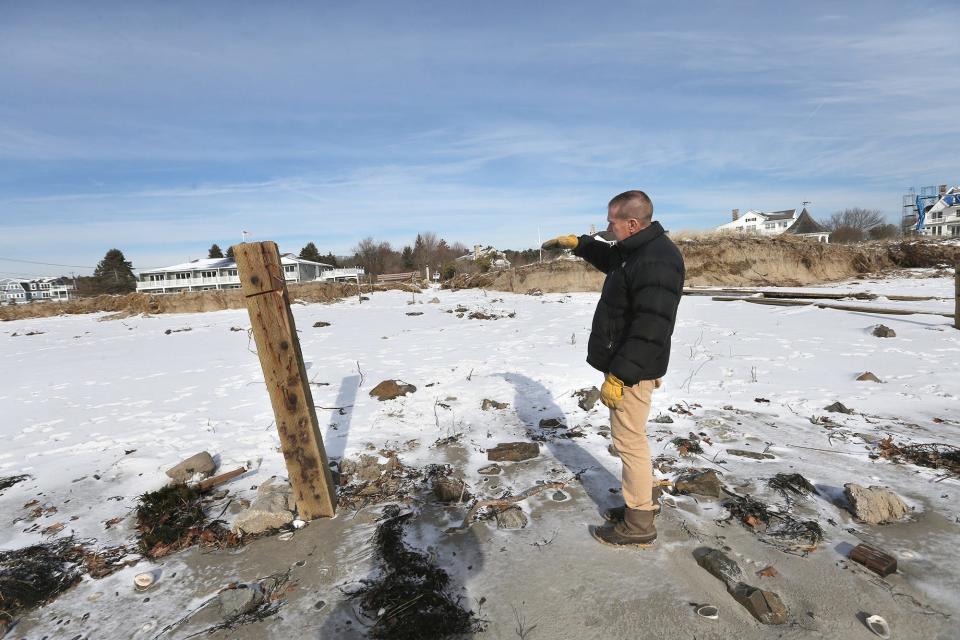
“We lost 40 feet of dune,” Mason said.
During that storm, Mason and some friends stood at the inn and watched the waters of the Atlantic Ocean repeatedly smash into the seawall that protected the dune that stood between the beach and his property. They had just finished putting down sandbags to ward off any water that might approach the inn.
Eventually, what Mason saw shocked him.
“An hour before the high tide, I saw the sandbags just going flying away,” Mason said. “And then, about 10 minutes after that ... this was gone.”
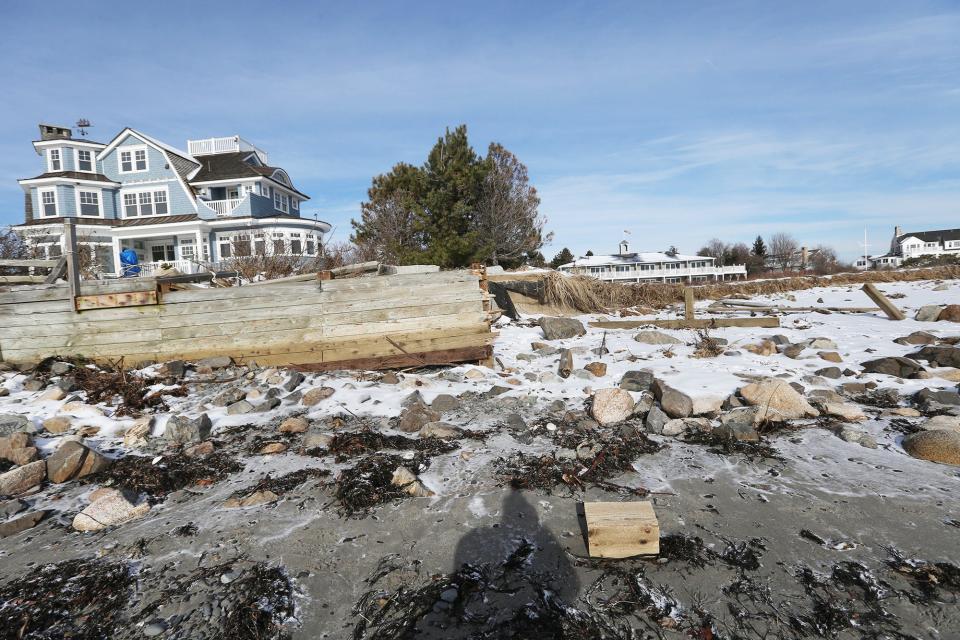
He was referring to the 5 ½-foot sea wall, in place since 1982, and the entire dune. The storm took all of it out to sea. Days earlier, the wall had been weakened by a previous storm on Jan. 10, according to Mason.
Something that Mason had worried would happen over a period of years, maybe even decades, instead had taken less than half an hour to happen. Now the inn is exposed more than ever to the havoc another storm could wreak.
'Everything’s just ruined': York and Hampton beaches face devastating flood damage
Sea level rise takes over sooner than expected
Mason said he knew the sea level was rising. Back when he took over owning and operating the inn 20 years ago, people were still able to enjoy some space on the beach during high tide. Now, though, every high tide reaches the sea walls along Gooch’s Beach, leaving no dry sand.
Mason said he thought he and his wife had time to plan for the very scenario their inn is now facing. He thought, frankly, that the issue of protecting the inn against the elements would be something his children ultimately would need to address when they took over the family business.
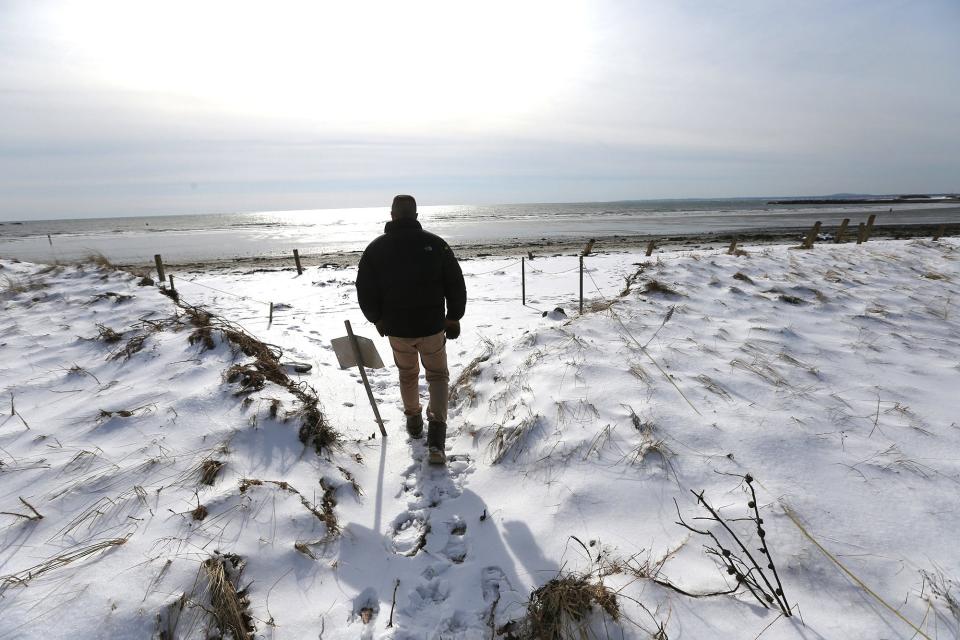
“Now I don’t know if the inn will be here for them to take over,” he said.
Mason said he is going to rent jersey barriers and place them along where the wall once stood, until the town is able to make repairs.
On the day of the storm, the rain itself resulted in a foot of standing water on the back lawn of the inn. While that water will disappear in time, it is currently frozen and has fish swimming in it, Mason said.
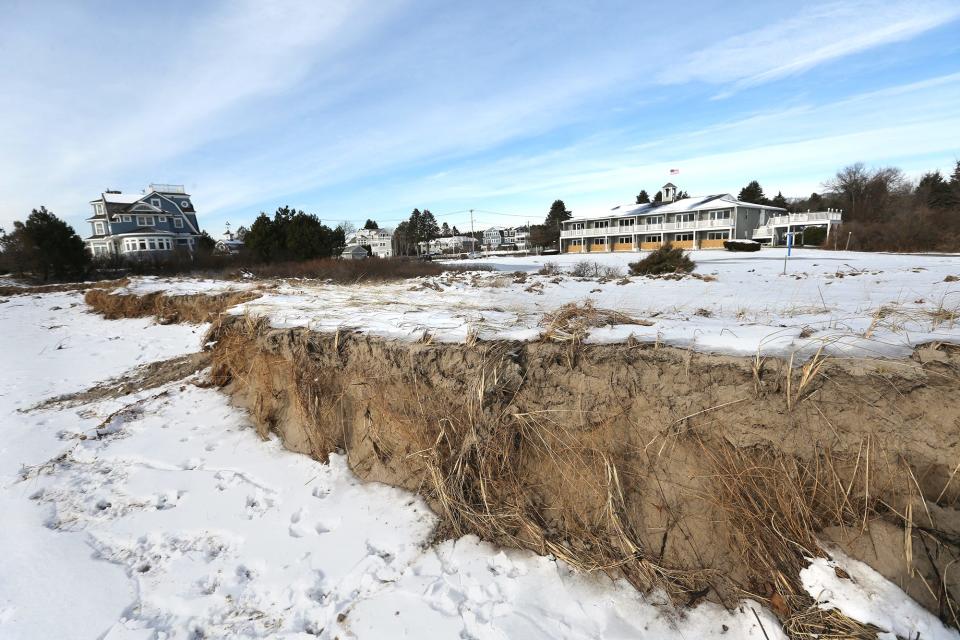
Mason said the basement of the inn flooded, though not by the approaching waves. Two oil tanks in the basement tipped over and broke, he said. Mason called the state’s Department of Environmental Protection and was pleased by its rapid response.
“Within two hours, they had a pumper truck down at my property, sucking up the oil,” he said.
Mason said he wants everyone to know the inn remains open for all to enjoy, whether in the winter or during the boom of the tourist seasons of summer and fall.
Free Moody Beach: Group wants signs to let beachgoers know they can go on private beach
Seeking solutions and protection
The town of Kennebunk owned the seawall and the property on which the dune had provided more than five feet of elevation before the storm hollowed it out. Mason said he hopes the town will put in immediate measures as barriers while pursuing longer-term repairs.
“Enough with the permitting,” he said, referring to a key part of a process the town must complete. “Let’s worry about getting it exactly correct later. Get some protection out here now.”
On Jan. 18, Kennebunk Public Services Director Bryan Laverriere said the town is currently collecting as much data about recent storm damages as it can, with plans of forwarding that information to the Maine Emergency Management Agency by Monday.
“We’re still looking at everything and getting estimates,” he said.
According to Laverriere, the Maine Emergency Management Agency will take the Kennebunk data, as well as all the information it gathers statewide about storm damage, and will forward it to the Federal Emergency Management Agency. From there, he said, the hope is that a declaration could lead to funding.
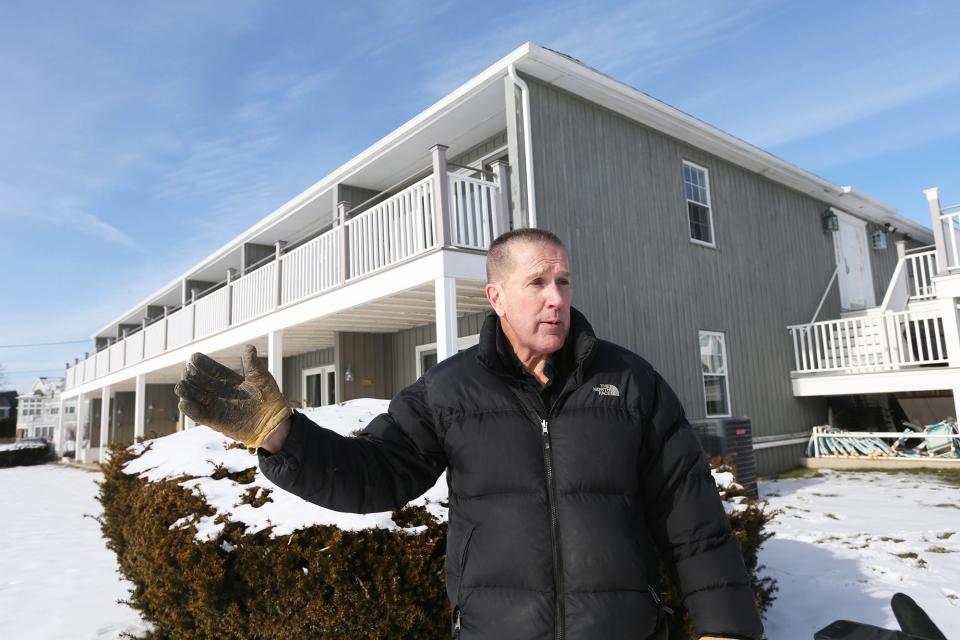
That’s a process that could take some time, Laverriere added, as seeking funding, permitting and repairs for public properties takes longer than it would for private ones.
In the meantime, Laverriere said, what the town can do is make sure places are safe for people.
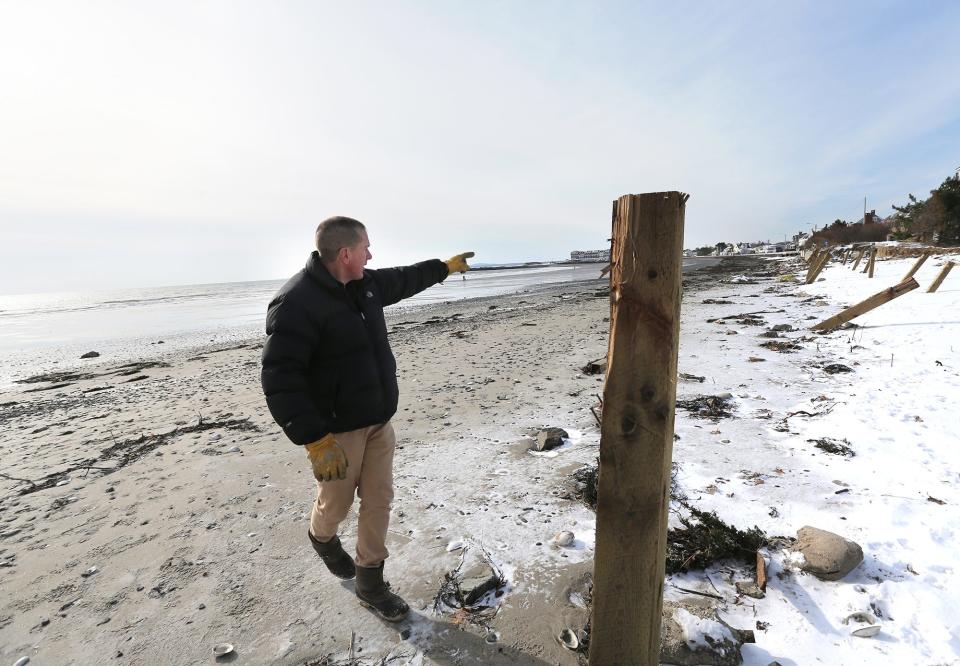
The Seaside Inn is rich with history, which Trish Mason chronicled in her 2009 book, “The Seaside House.” Her family has owned the inn for many generations, going back more than 350 years.
The inn has grappled with the times before. It needed to close temporarily only twice during its centuries of operation, and both times were because of global health crises: the Spanish Flu pandemic a hundred years ago and the COVID-19 pandemic.
Rollover Café: New owners take over popular Wells Beach spot. Here's what's planned
Wells dunes also suffer damage
The inn is just one example of the storm’s destruction along the coasts of Maine and New Hampshire. The dune at Drakes Island in Wells is another.
During a meeting on Jan. 16, Wells Select Board member Robert Foley emphasized the need to rebuild the dune at the northern end of island because it too was leveled by the storm. Foley described the scene as “absolute devastation.”
“That dune is flattened,” Foley said. “It’s washed out into the road. That’s going to be a major issue for us.”
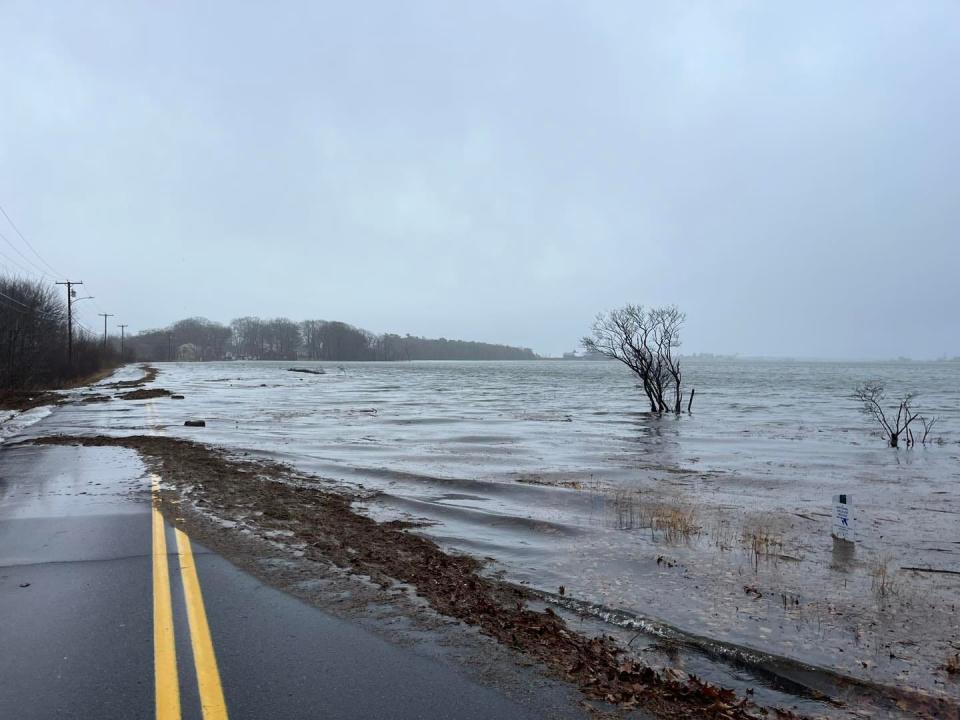
A dune at the end of Drakes Island is crucial because it protects the water and sewer lines there, Foley noted.
Foley said he asked Town Manager Mike Pardue to make sure Wells gets the funds it needs for repairs. He spoke of the town’s upcoming scheduled dredge at the site, adding that the town’s store of 20,000 cubic yards of sand will “now have a home.”
“It will certainly take that much sand to fix that dune system,” Foley said.
Foley added that he has been working with engineers for rebuilding the site with a “double dune,” comprising of a front one and a back one.
“A sacrificial one, and one to protect it,” he added.
This article originally appeared on Portsmouth Herald: Kennebunk Seaside Inn owner fears next big storm in Maine

